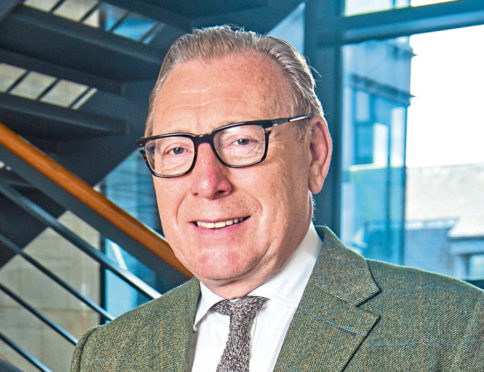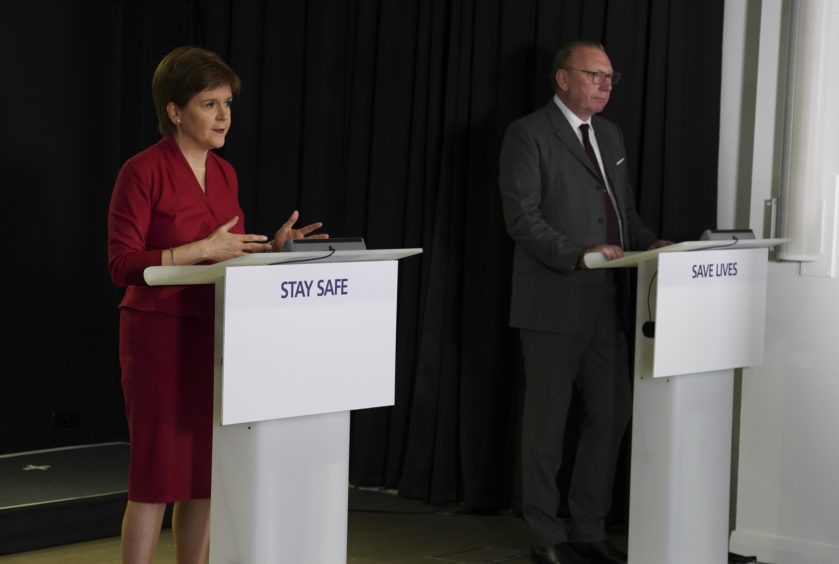Benny Higgins’s blueprint for rescuing the economy, which has been commissioned by the Scottish Government, is not a document for the faint-hearted.
Compiled in just eight weeks with the help of other economic experts, this particular road to recovery was paved with dire warnings of just how serious and severe the economic emergency is.
Nicola Sturgeon’s willingness to embrace state intervention and a call for a jobs guarantee for young workers will grab some of the headlines.
But also within the 77-page report were foreboding details of the human cost of the Covid-caused economic crisis.
The loss of learning caused by school closures, the increased inequality spawned by the virus and the prospect of an “inevitable sharp rise” in unemployment were just some of the areas touched on in what was an earnest attempt to get a grip on the challenges ahead.
Some businesses complained there was not enough to stimulate the economy in the short term. But as Mr Higgins, the former Tesco Bank CEO, pointed out, his remit was to look further ahead.
The action required was radical and costly. The UK Government should be approached for more borrowing powers for Scotland, a request that involves constitutional change and depends on the UK Government.
Mr Higgins said £6 billion had to be injected into the economy and VAT cut to trigger recovery as he advised prioritising cash on green energy, universities, schools, hospitality and tourism and digital communications.
Furthermore, the mistakes of austerity should not be repeated. All this poses the big question: how exactly is this largesse going to be financed?
Mr Higgins acknowledged there was “no easy answer”. The most strategically important sectors in the Scottish economy had to be prioritised. And as Mr Higgins said: “We have got to be prepared to have a payment of debt approach that takes a very long time.”
But within the gloom there was the hope of a fundamental restructuring of the economy. Mr Higgins wrote of using the “economic shock” to create quality jobs in a fair, green and diverse economy. If the “monumental scale and nature” of the crisis was not the “catalyst” to do so “then nothing ever will be”. It is a laudable objective but a daunting one.

